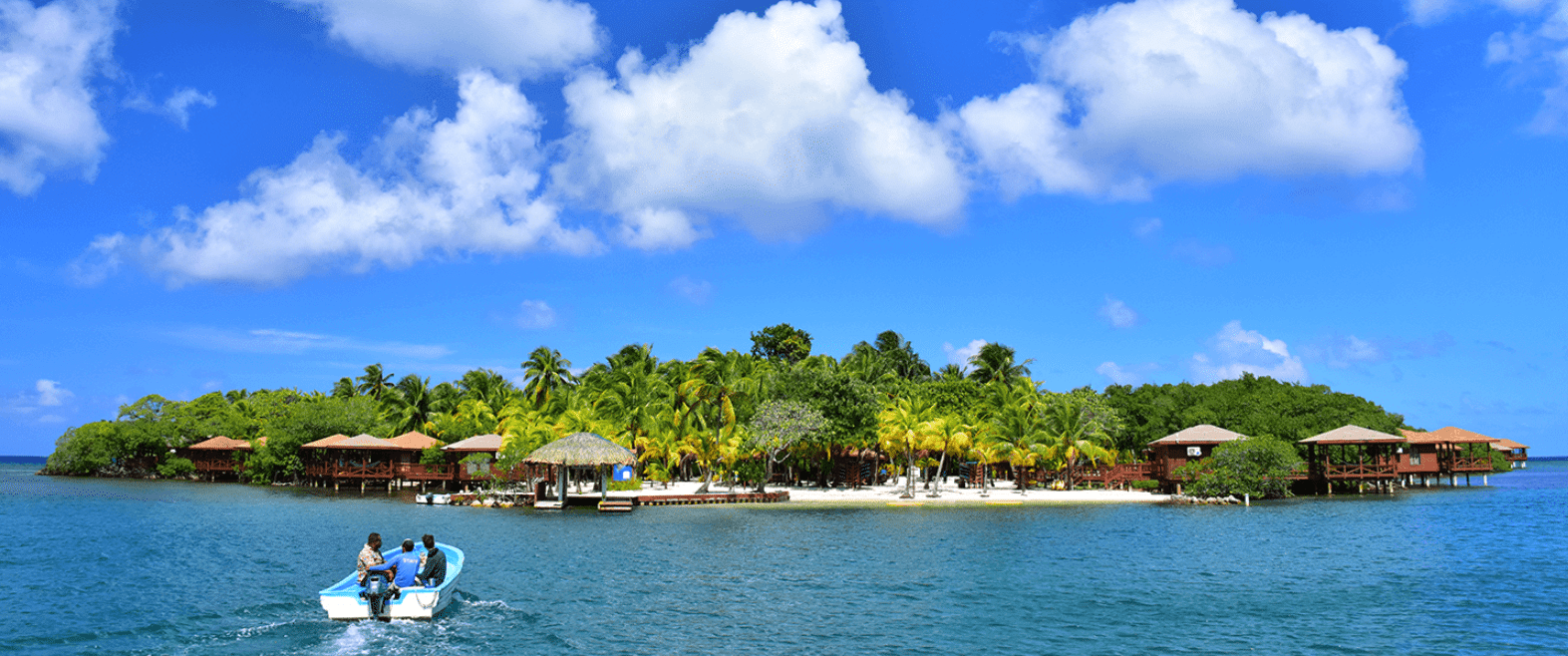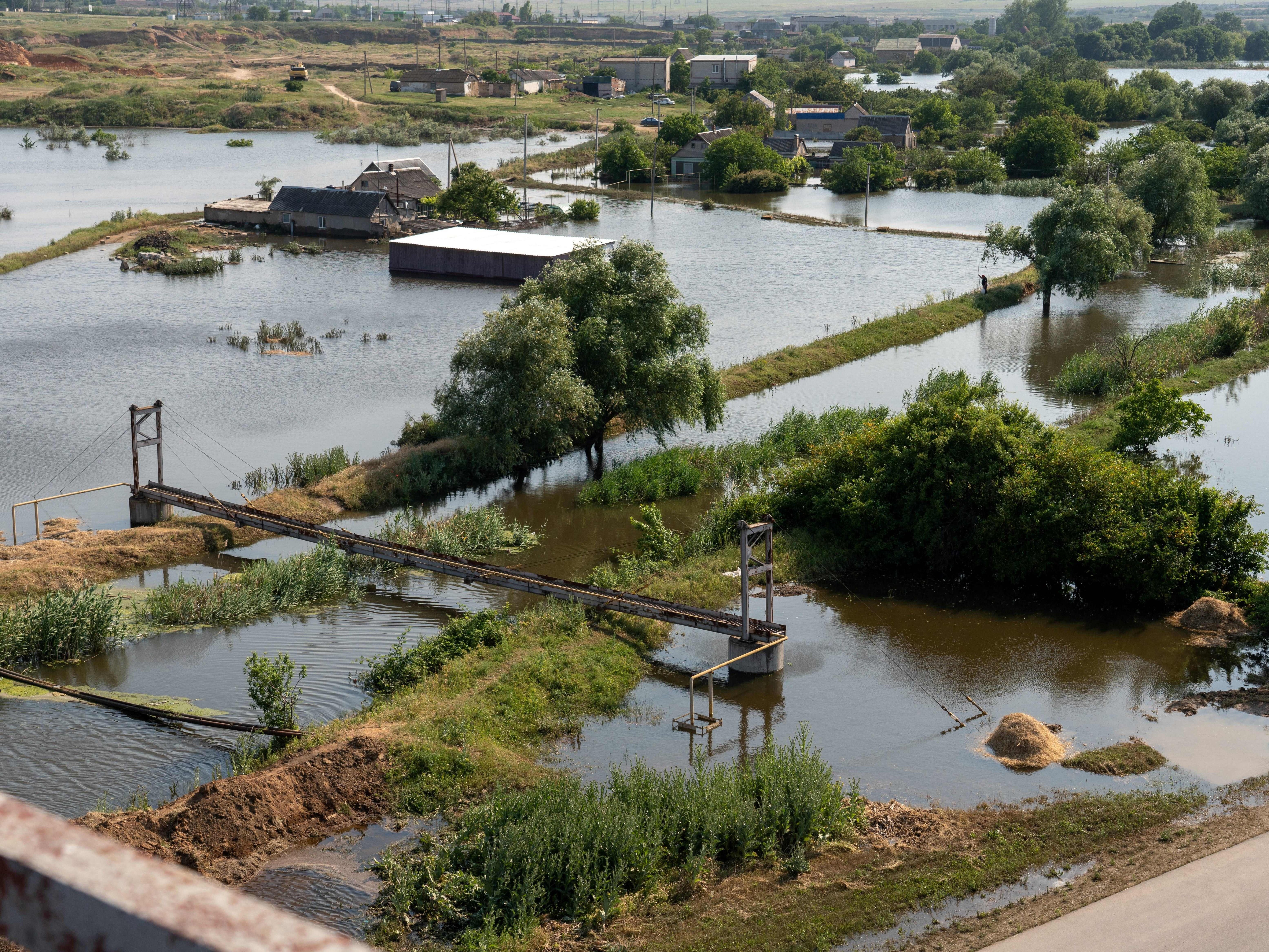Australian teenage students face the second highest level of bullying among 24 OECD countries, according to a new report, which found only Latvia in north-eastern Europe reported higher levels.
The Australian Council for Educational Research (ACER) released an analysis of the 2022 OECD Programme for International Student Assessment (PISA) results on Tuesday, shedding light on multiple factors in the classroom affecting student performance.
ACER compared Australia’s responses against results from 23 other high-performing countries — of the 81 participating in PISA — and concluded that exposure to bullying impacts academic performance in the classroom.
The OECD — Organisation for Economic Co-Operation and Development — is a grouping of 38 countries with market economies.
Bullying was measured across six metrics: Other students left me out; other students made fun of me; I was threatened by other students; other students took away or destroyed things that belonged to me; I was hit or pushed around by other students; other students spread nasty rumours about me.
Almost one in five of the 13,430 Australian teenagers surveyed reported instances where other students had made fun of them.
The study of 15-year-old students, from over 700 schools nationwide, revealed 10 per cent had felt left out or had nasty rumours spread about them, while 5 per cent had been threatened.
Demographics that experience higher levels of bullying include young men over women, students from disadvantaged socioeconomic backgrounds, or those who attended schools in regional rather than metro areas.
Of the countries compared, students in Korea, Japan, Netherlands and Poland were the least exposed to bullying.
ACER senior research fellow Lisa De Bortoli said “all [Australian] jurisdictions reported higher levels of bullying than compared to the OECD average”.

The Australian state where bullying happens the most
Tasmanian students face the highest rates of bullying nationwide, whether once a month or several times a week.
Twenty-four per cent of Tasmanian teenagers had reported being made fun of a few times a month, 10 per cent higher than their Victorian counterparts, where bullying levels were lowest.
Students in this state reported almost double the national instances of being threatened or having things taken away or destroyed by bullies.

De Bortoli acknowledged exposure to bullying had decreased between 2018 and 2022, but partially attributed this to remote learning in parts of the country due to the
.
The ACER analysed countries with high mathematic performance against factors beyond bullying, including the disciplinary climate in class or characteristics like curiosity.
De Bortoli said it shows education is “multifaceted” and there are several aspects that set students up for success.
“The report really delves deeper into looking at what is it that helps students become high performers … we’re looking at students that have low exposure to bullying, but also those that have higher levels of curiosity,” she told SBS News.
“They have stronger relationships with teachers, they have a strong sense of belonging and safety at school … those are really the characteristics that will help students achieve academically.”
Note: This article have been indexed to our site. We do not claim legitimacy, ownership or copyright of any of the content above. To see the article at original source Click Here













